
How Western beauty brands play to Asian desire for whiter skin, and the euphemisms they use to avoid appearing racist
- In Western countries, conversations around race and discrimination based on skin colour have paved the way for more inclusive approaches to beauty
- When beauty brands sell to Asian markets, their marketing may not outright say ‘whitening’, but that’s what they mean by ‘brightening’ or ‘lightening’
When a global cosmetics company launches a new collection in China that promises to hold the secret to lighter skin, it’s hardly surprising. For centuries, Chinese people have viewed fair skin as a mark of beauty and an indicator of high social and economic status.
The Chinese beauty market has responded enthusiastically to skin-lightening products, and major players in the cosmetics world have reaped the rewards. Indeed, data suggests that demand for these products is growing rapidly worldwide.
According to research released by Stratistics MRC in August 2019, the market for skin-lightening products was valued at more than US$4 billion in 2017, and will grow by an average of 7.8 per cent annually to reach more than US$8 billion by 2026.
The market for skin-lightening products may be lucrative, but brands walk a fine line in the way they talk about and market these (often controversial) products.

For starters, consumers will not readily find a multinational company referring to “white skin” or the “whitening” properties of their cosmetics.
Diorsnow's latest line, for example, which became available in Hong Kong on February 15, underlines its abilities using everything but these terms – it promises “brightening” and the restoration of the “complexion's luminosity and evenness”. A face cleanser, sunscreen, and cream are complemented by the “Garden of Light” make-up collection that “reveals all the skin’s purity and infuses it with a rosy glow”.
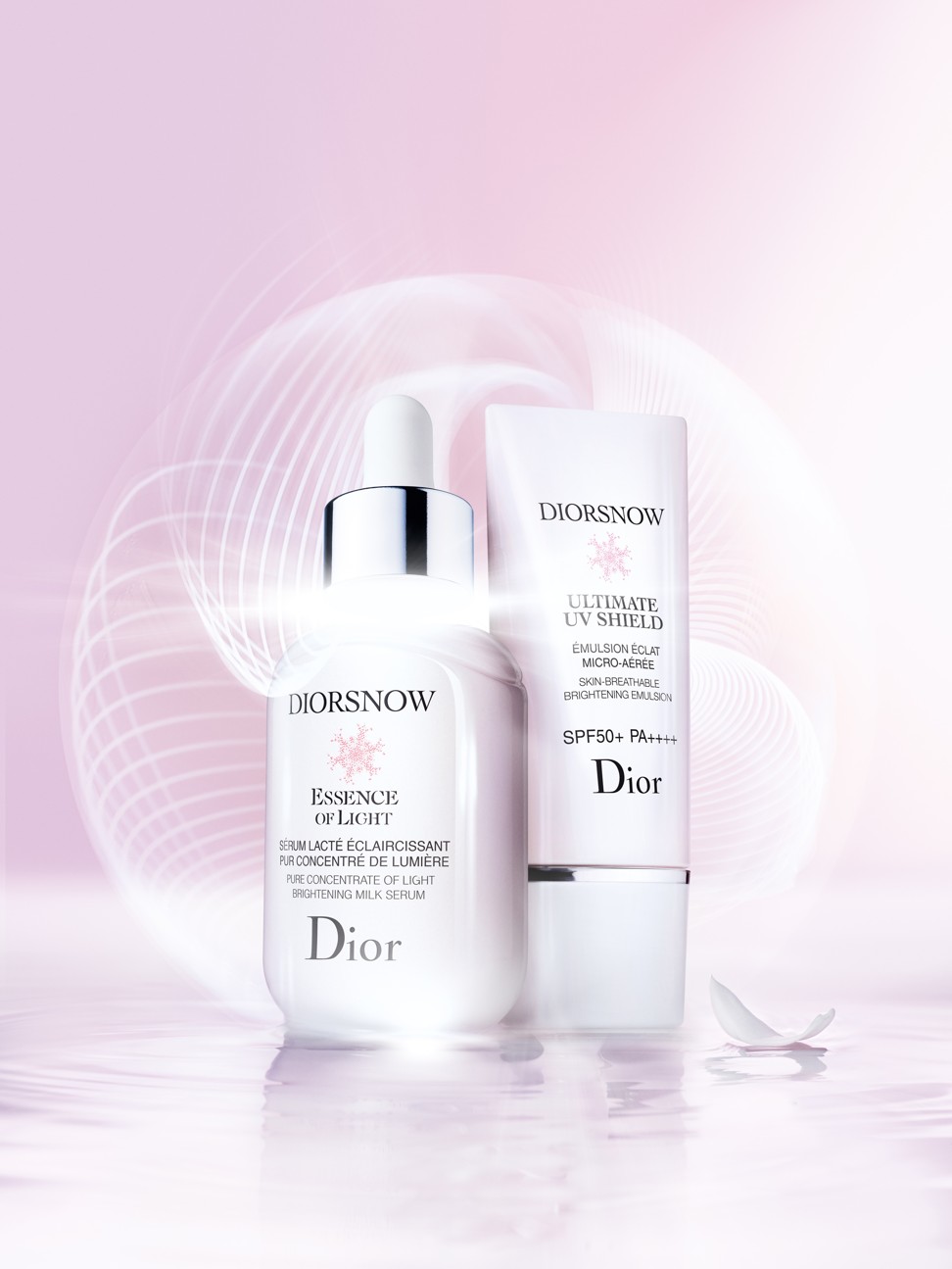
Dr Joanne Rondilla, a sociology professor at San Jose State University in the US state of California who has written extensively on colourism – discrimination against individuals with a dark skin tone – in the Philippines and the United States, offers an explanation for why this is the case.
“Depending on where the context is, the term ‘whitening’ can be seen as a racist term, or it could be seen as being a very racially charged term,” she told the Post. “So what happens is instead of using the term 'whitening' you'll see more of the coded words such as ‘lightening’, or ‘brightening’.”
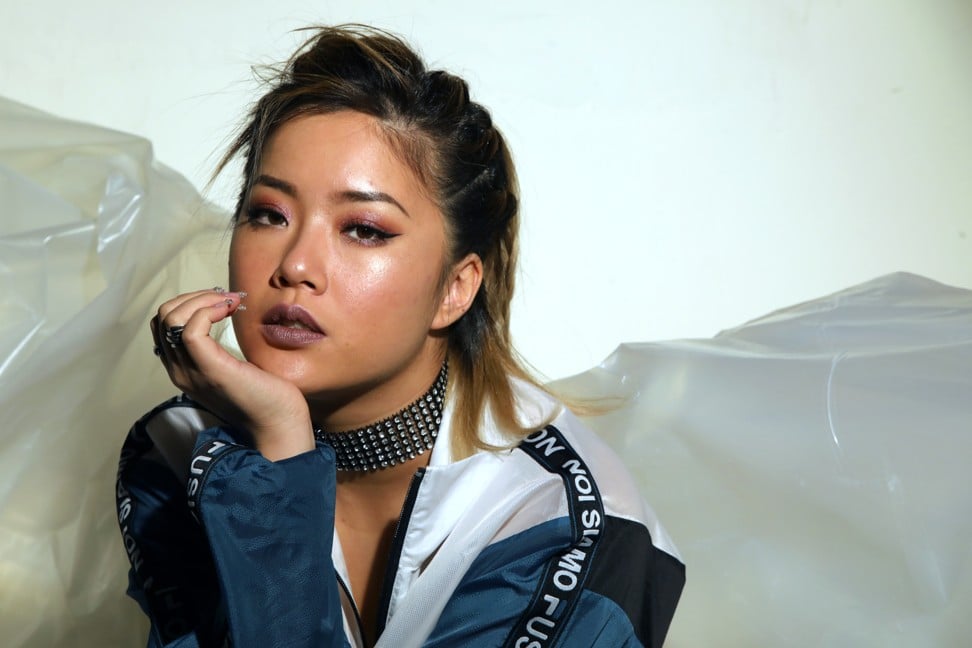
In other Asian markets there is evidence of a backlash against colourism, and controversy surrounds skin-bleaching practices in Southeast Asia and in Africa, where countries such as Rwanda and Ghana have passed laws banning skin-bleaching products.
The internet has made it particularly easy for consumers in these markets to boycott companies promoting products deemed offensive in this space, regardless of which market they were intended for.
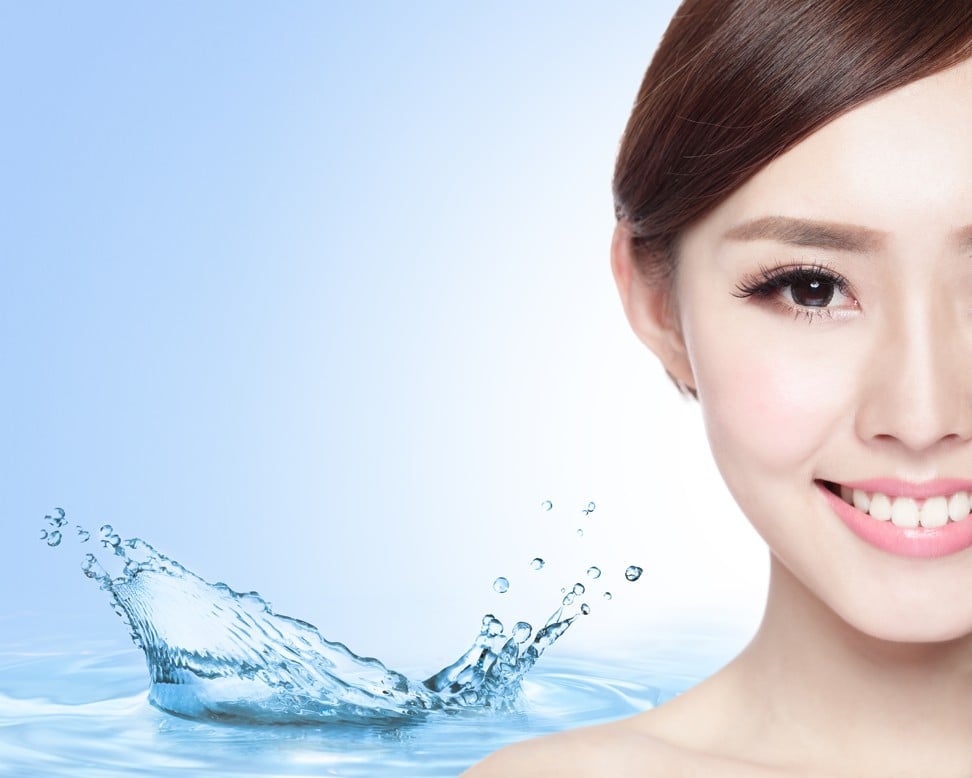
In 2017, Nivea ran a campaign in West African markets for its “Natural Fairness” line, suggesting the product would leave the consumer with “visibly fairer skin”. Ghanaian consumers called for a boycott of the company in response to the ad, but Nivea provoked outrage far beyond the campaign's target market.
In 2016, actor Emma Watson found herself at the centre of a firestorm over her appearances several years earlier in Lancôme commercials meant for the Chinese market. Critics said Watson’s endorsements of the brand’s “Blanc Expert” skin-lightening products had helped to perpetuate outdated prejudices.
For her part, Watson’s agent said the actor would no longer affiliate herself with products that “do not always reflect the diverse beauty of all women”.
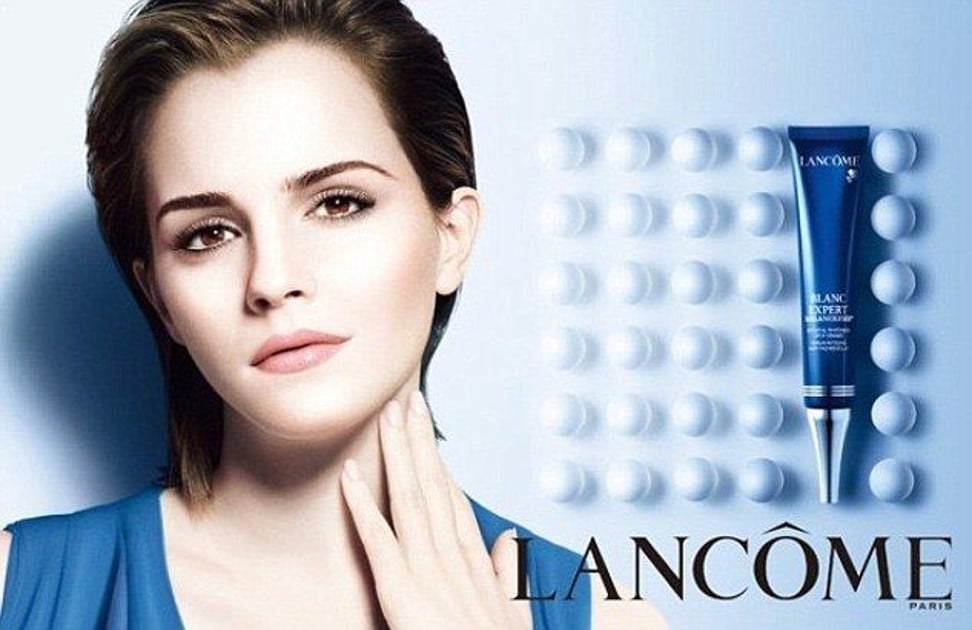
Lancôme does not sell its “Blanc Expert” line in the US, but the brand’s products and product descriptions for the US market refer extensively to “brightening”, and claim to make skin appear “more luminous and more youthful, your inner glow reignited”.
This is where terminology can get particularly confusing, as brands adjust their tone and vocabulary to suit different markets, juggling euphemisms to try to avoid unwanted scrutiny and criticism.
Brands might not talk about “whitening” explicitly in Western markets, but if consumers look closely, they might find similar products in their home market. They might be marketed differently, accentuating the promise of “radiance” or “glow”, or the emphasis may be on health-boosting properties like detoxing or exfoliating.
Skin-lightening cream puts woman in coma – here are dangers
The one clear exception is bleaching products, which have been banned in some countries because they can contain harmful chemicals that have been linked with skin cancer.
“The marketing language really comes down to how the product is going to sell versus what the product is actually doing,” Rondilla said. “When you look at whitening products in, say, Asia, and you're looking at anti-ageing products in the United States, when you compare ingredients they're pretty much the same product, they're just marketed differently.”
Eucerin, for example, features a line of “Anti-Pigment” products on the international page of its website. The product summary frames these as creams that can reduce the effects of “hyper-pigmentation”, age spots and other “dark spots”.
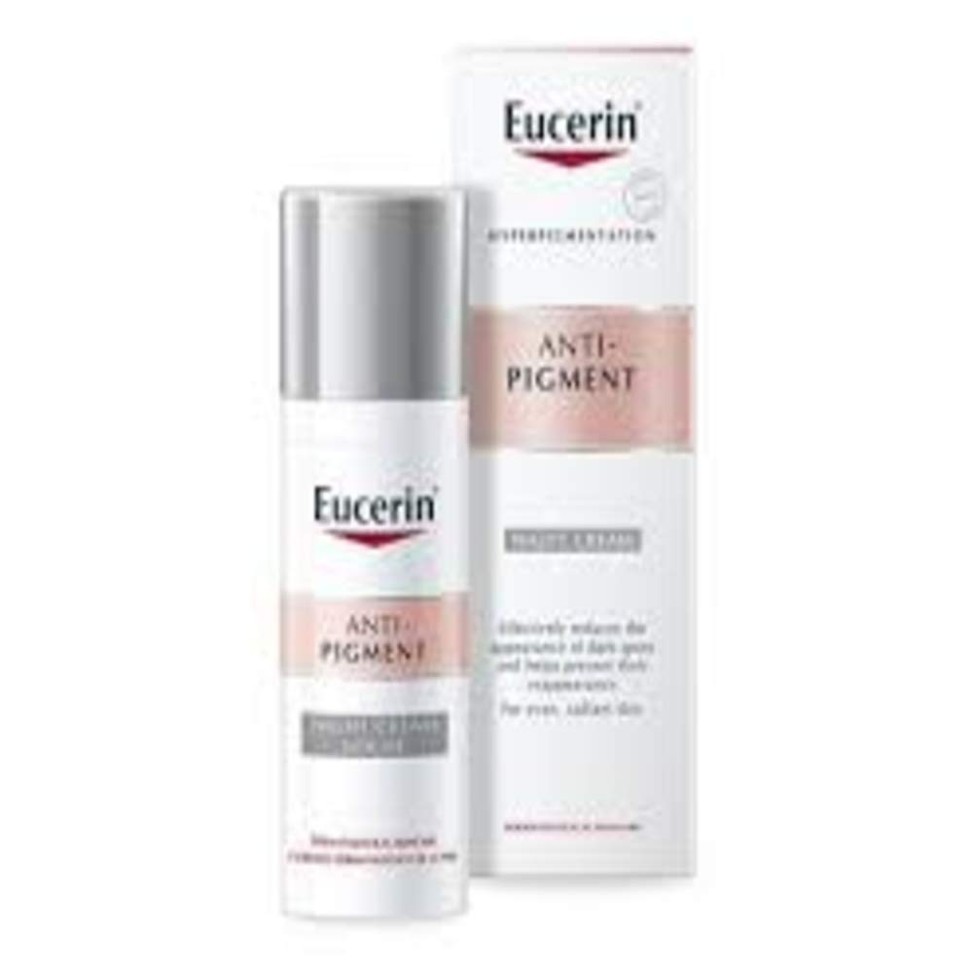
However, in Asian markets, the brand sells a line known as “Ultra-White Spotless”. Whether these names refer to exactly the same products or not, the difference in emphasis and tone is clear.
“I don't think the average consumer is going to be that savvy and say ‘oh, this anti-ageing product here in the US is the same thing as this whitening product here in China,” Rondilla said. “The marketer's job is to try to figure out what is the most attractive to the respective market and try to frame the product that way.”
This is where soft language becomes problematic, says Rae Chen, a Canadian-born Chinese beauty writer who wrote a 2017 piece for Teen Vogue about her own experiences with colourism.
Both Chinese and North American societies still offer more privilege to people with lighter skin
“The underlying issue that many cultures consider lighter skin to be better, whether for classist or racial reasons, hasn't changed. Both Chinese and North American societies still offer more privilege to people with lighter skin,” she told the Post.
Synonyms for “white” might not be the only issue perpetuating this, Chen said. The rising popularity of cosmetics boasting natural ingredients is largely regarded as a benevolent development, but brands can use the apparent virtue as cover to continue quietly promoting skin lightening as aspirational.

Some do this subtly, others less subtly. Naturally derived ingredients like licorice root extract, mushroom-derived kojic acid, and willow bark acid serve as “extremely effective skin-lighteners”, Chen says.
“When the product is sold as ‘natural’, consumers select brightening products without considering that they have their roots in practices like skin bleaching,” she says. “When it comes from a brand that the consumer already recognises as natural and ethical, there's no longer a worry that the product might be too harsh. So that might become something that we need to tackle.”
For consumers who have arrived at a place where they do not want to participate in the perpetuation of colourist notions of beauty and status, it can be difficult to draw a line between what is and isn't acceptable in terms of brightening. And indeed, many people are still figuring that out.

“For me, it's preferable to have a mild brightening product on the shelf as opposed to having a strong whitening peel available,” says Chen. “The language shift can be quite toxic, but having gentler formulas gives us the time to tackle the whole issue without having to deal with the panic of things like chemical burns and heavy metal toxicity while we do so.”
Rondilla believes that progress is less about semantics and more to do with a change of mindset and values around beauty.
“There's a much larger beast than language that communities as well as consumers have to contend with,” she said. “The larger issue has to do with how we understand beauty. Who is beautiful, what is beautiful – traditionally and historically, beauty has been defined by lightness.
“The cult of beauty has to change to be more representative and more inclusive of different types of people.”

